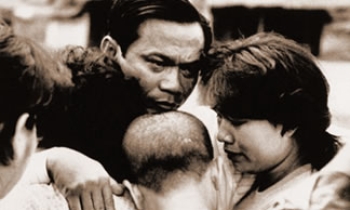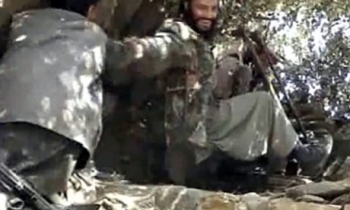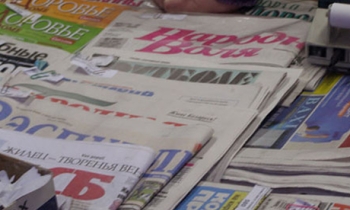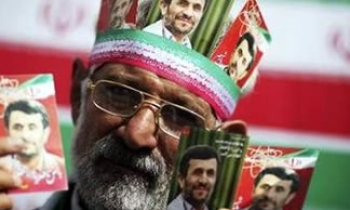Lana Shaheen is one of the ten Palestinian woman television reporters, who was trained at the Aljazeera Centre in Qatar. Since her return, she had to adjust the principles and skills she learnt to the harsh reality of a tense conflict area.
Ten Palestinian women, all professional television reporters under the age of 27, from Gaza and the West Bank, travelled to Qatar in December 2005 for an intense two-week training at the Aljazeera Media Training and Development Centre. The programme, that was financed by funds contributed by France to UNESCO's International Programme for the development of Communication (IPDC), included modules on technical subjects, as well as broader questions, such as media ethics, the role of the journalist in society and what is news. Back to her everyday life, Lana Shaheen describes the harsh working conditions of a Palestinian journalist.
I was invited to come to Jordan by Al Ghad TV, to attend a preparatory course leading up to my new job as their Gaza Strip reporter. This was very good news – so why did I react with worry and fear? The explanation can perhaps serve to illustrate the working conditions of Palestinian journalists.
Of course the idea of the new post was extremely encouraging. But I was upset at the need to leave the Gaza Strip as a prerequisite. It wasn’t so much the difficulties and humiliation we face at the crossing. More significant was the possibility of getting stranded on the other side, waiting for weeks or even months for a reopening so I could return home. Freedom of movement – essential to a journalist’s pursuit of a story – is a right not guaranteed to Palestinian media professionals.
It is not the only obstacle we face. Endeavouring to apply the valuable professional instruction I received in my UNESCO-sponsored training course at Al-Jazeera Centre, I sometimes feel frustrated. Practicing objectivity in reporting, for instance, can be fatal in underdeveloped countries ruled by undemocratic regimes if it is seen as threatening to dominant interests. As a Palestinian journalist, I have to stress balance and reconciliation in order not to upset this or that party. Insisting on objectivity can lead to being fired from one’s job, if not to detention, prison or death.
On another level, I also can’t help noticing, when I’m doing a news report in the way I learned from my Al-Jazeera trainer, the big difference in quality between Al-Jazeera's editing units or transmission equipment and that of Palestine TV. Our limited financial resources make it hard to upgrade or replace equipment – and we don’t have enough in the first place to cover the needs of news sections and programs production. The journalist has no choice but to make concessions on quality.
The fact that I am an eastern woman living in a Moslem community imposes extra restrictions. The Palestinian community still finds it improper for a woman to stay out late at night, though covering urgent news may require it. Modern casual clothes like jeans, so much easier for moving freely, can be considered as contravening religion, customs and traditions.
Overall, danger is the most distinguishing characteristic of the Palestinian journalist’s daily routine. If a journalist is sufficiently bold and dedicated to cover the almost daily clashes - between different militias and armed groups, or attacks by Israeli occupation forces - he/she is certainly risking his/her life. To make the situation worse, no protection exists in the way of medical or social care for journalists who are injured.









